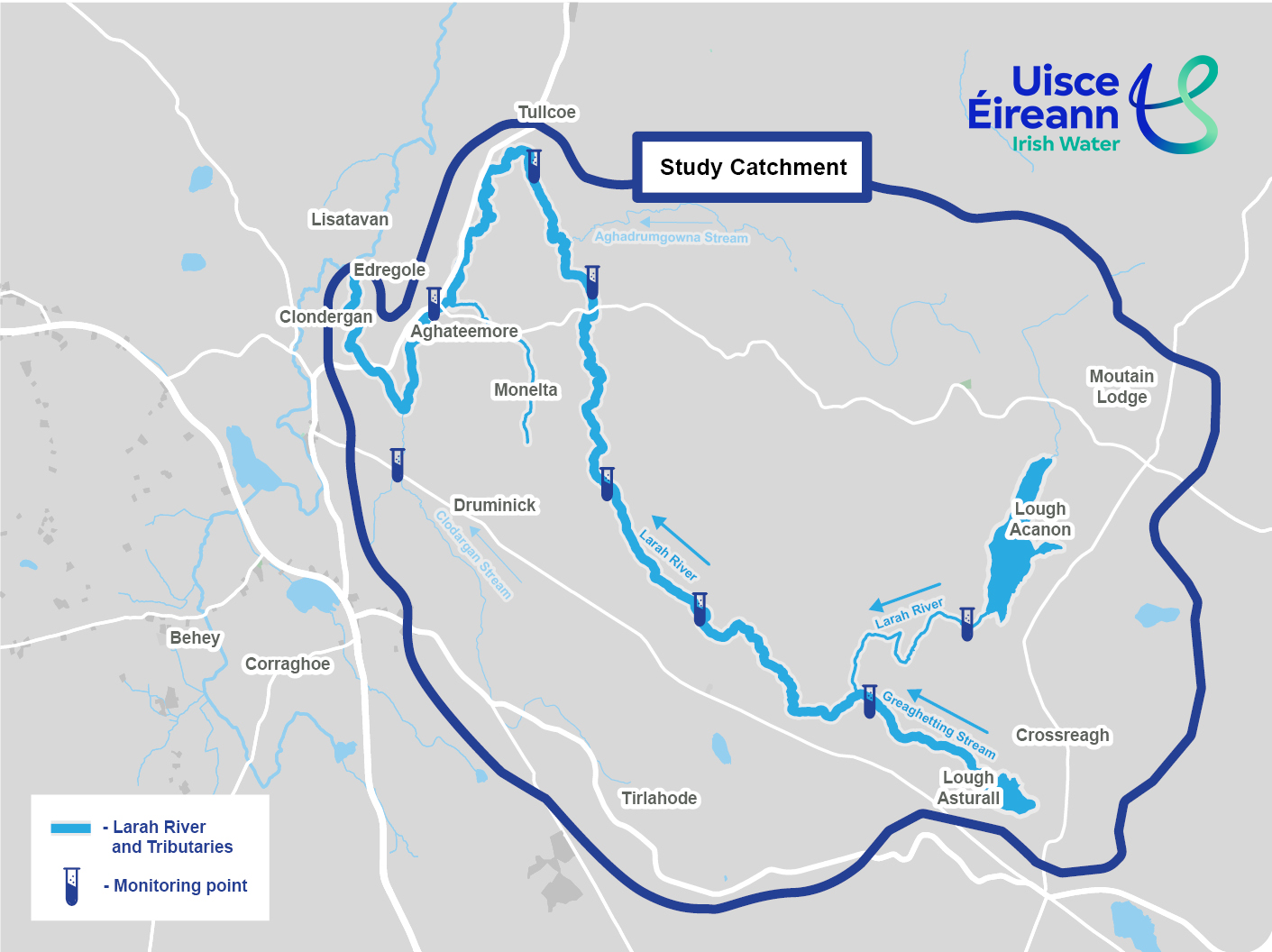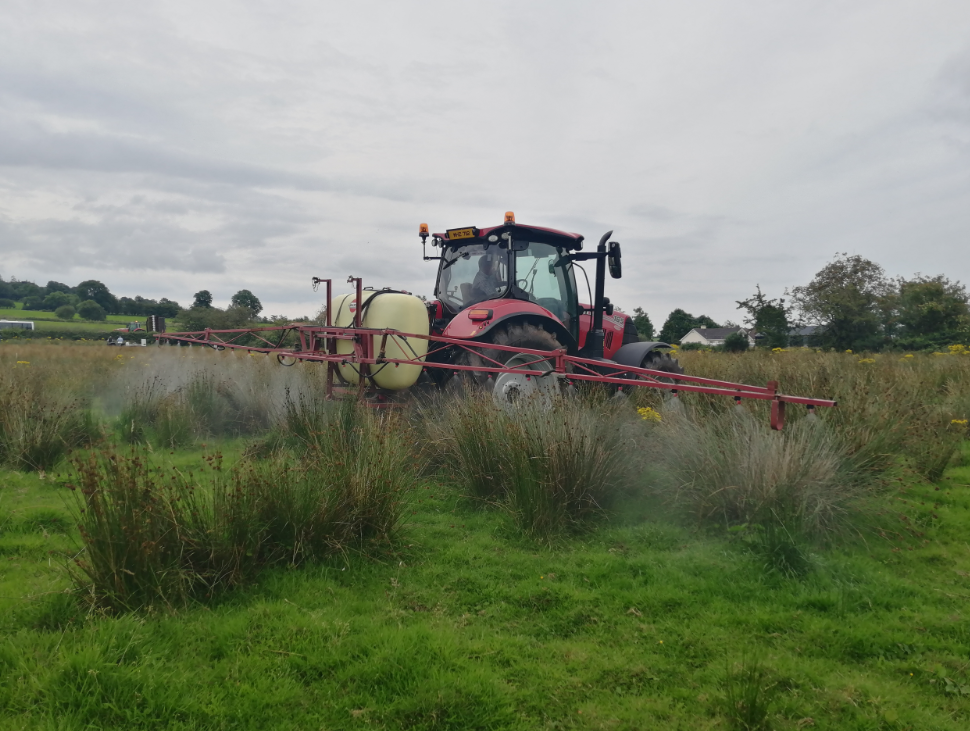Erne-Larah Water Source Protection Project
A national initiative to reduce the risk of pesticides in our water sources.
An initiative to reduce the risk of pesticides in our water sources.
Clean water is essential for our health and our environment. We get our water from rivers and streams. When pesticides are used on land that drains into those rivers and streams, our drinking water sources can become contaminated. While pesticides have been detected in water supplies in the past, the levels detected do not pose any immediate risk to health.
The Erne-Larah Water Source Protection project aims to understand how we can prevent pesticides from getting into our drinking water sources. To do this, we test how different protection measures affect water quality in a chosen area of the Upper Erne catchment.
After testing the success of these measures, we can better understand how to reduce pesticides in our water sources. These protective measures can then be rolled out on a wider scale across Ireland.
The main goals of the project include:
- providing evidence that managing water catchments is an effective way to protect water sources from pesticides
- testing water source protection measures that can be rolled out on a wider scale as part of national policy
We hope to achieve these goals with the help of our stakeholders, including the National Pesticides and Drinking Water Action Group (NPDWAG).
Project background
As Ireland's national water authority, we have a crucial role in improving water quality. Part of this ongoing process is managed under the government-led River Basin Management Plan (RBMP). The second cycle of the RBMP includes a focus on protecting water sources. As part of this cycle, we committed to piloting a project that trials different measures to protect water sources.
In 2020, 36 of Ireland's water supplies had exceeded levels of pesticides in their treated water. A type of pesticide called MCPA was of particular concern. MCPA accounted for 58% of the exceedances in drinking water supplies.


